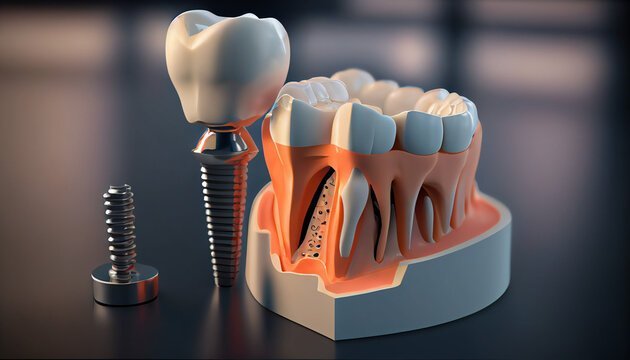Unveiling Precision: The Art and Science Behind Surgical Extraction.
In the intricate world of modern medicine, surgical extraction stands as a testament to the remarkable precision and advancements in medical techniques. This procedure, often performed by skilled surgeons, involves the careful removal of tissues, organs, or foreign bodies from the human body for therapeutic or diagnostic purposes. In this article, we will explore the nuances of surgical extraction, its various applications, the evolving technology behind it, and the impact it has on medical practices.
To Know More About It Please Click Here
Understanding Surgical Extraction
Surgical extraction encompasses a broad spectrum of procedures, each tailored to the specific needs of patients and the nature of the condition being treated. From the removal of tumors and cysts to extracting impacted teeth, this technique has become an indispensable tool in the hands of medical professionals.
Types of Surgical Extraction
- Dental Extractions:
- Commonly performed by oral surgeons or dentists, dental extractions involve the removal of problematic teeth, impacted wisdom teeth, or teeth affected by decay or trauma.
- Tumor Excision:
- Surgical extraction is often employed to remove tumors, cysts, or abnormal growths from various parts of the body. This may include procedures in the breast, skin, or organs.
- Orthopedic Procedures:
- In orthopedics, surgical extraction is used for joint-related conditions, such as the extraction of damaged or degenerated joints and the removal of foreign bodies from within the joints.
- Gynecological Surgery:
- Surgical extraction plays a crucial role in gynecological procedures, including the removal of ovarian cysts, fibroids, or abnormal tissue growths.
- Endoscopic Extraction:
- With the advent of minimally invasive techniques, endoscopic surgical extraction allows surgeons to remove gallstones, kidney stones, or foreign bodies through small incisions, minimizing recovery times.
Technological Advancements
- Robotic Surgery:
- The integration of robotic-assisted surgery has revolutionized surgical extraction, providing surgeons with enhanced precision and control. This technology allows for smaller incisions, reduced scarring, and quicker recovery times.
- Laser-Assisted Extraction:
- Laser technology is increasingly being employed in surgical procedures, offering precise and controlled tissue removal. This is particularly beneficial in delicate surgeries where minimal damage to surrounding tissues is crucial.
- 3D Imaging and Navigation:
- Advanced imaging techniques, such as three-dimensional imaging and navigation systems, provide surgeons with detailed views of the surgical site, aiding in precise planning and execution of the extraction.
Impact on Medical Practices
- Reduced Invasiveness:
- The evolution of surgical extraction techniques has led to a shift towards minimally invasive procedures, reducing trauma to surrounding tissues, minimizing scarring, and accelerating patient recovery.
- Enhanced Precision:
- Technologies like robotics and advanced imaging have elevated the precision of surgical extraction, allowing surgeons to target specific tissues or structures with unprecedented accuracy.
- Improved Patient Outcomes:
- The combination of reduced invasiveness and enhanced precision contributes to improved patient outcomes, with shorter hospital stays, decreased postoperative pain, and faster recovery times.
To Know More About It Please Click Here
Conclusion
Surgical extraction, with its diverse applications and ever-evolving technologies, continues to redefine the landscape of modern medicine. As advancements persist, the field holds the promise of even more precise, minimally invasive procedures, ultimately enhancing patient care and pushing the boundaries of what is possible in the realm of surgical interventions.








